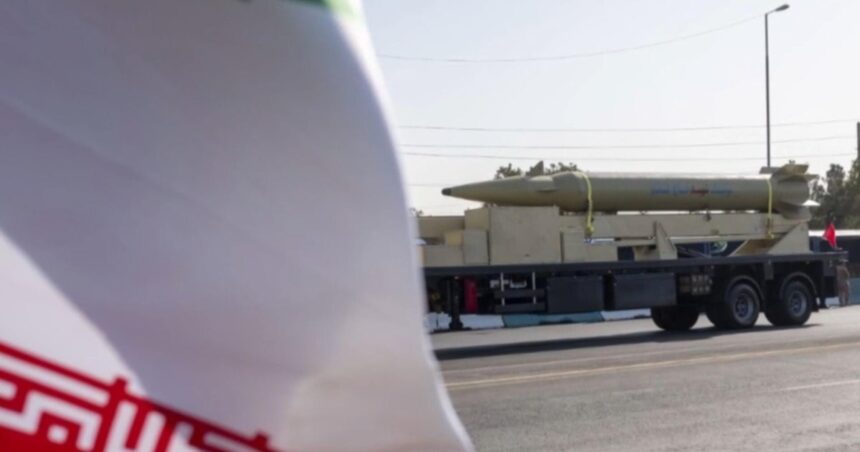The contours of a possible agreement between the United States and Iran on the country’s nuclear energy program arise. Will Todman, main member of the Center for Strategic and International Studies, analyzes the agreement in tonight’s interview.
The United States and Iran are currently engaged in high-stakes negotiations aimed at reviving a nuclear agreement, with discussions centered on uranium enrichment limits, sanctions relief, and regional security dynamics.
Key Elements of the Proposed Deal
-
Uranium Enrichment Restrictions: The U.S. has proposed that Iran reduce its uranium enrichment levels to 3%, significantly below the weapons-grade threshold of 90%. This would involve a temporary shutdown of underground enrichment facilities and limiting aboveground activities to the production of nuclear fuel under international guidelines. nypost.com
-
Regional Enrichment Consortium: A novel aspect of the proposal includes the establishment of a regional uranium enrichment consortium, potentially involving countries like Saudi Arabia, the UAE, and Qatar. This consortium would handle enrichment activities outside of Iran, with Iran retaining a limited stake but not conducting enrichment on its own soil. apnews.com+1axios.com+1
-
Sanctions Relief: In exchange for compliance, Iran would receive phased sanctions relief. However, Iran has expressed dissatisfaction with the lack of a clear plan for lifting economic sanctions, which has been a sticking point in the negotiations. theguardian.com+1apnews.com+1
Points of Contention
-
Location of Enrichment Activities: Iran has indicated openness to a regional consortium but insists it must be located within its own borders. A senior Iranian official emphasized that a consortium outside of Iran would be unacceptable, but one based in Iran could be considered. axios.com+1apnews.com+1
-
Verification and Oversight: Since the U.S. withdrawal from the 2015 Iran nuclear deal, the International Atomic Energy Agency (IAEA) has lost critical oversight of Iran’s nuclear activities. Any new agreement would need to address these gaps to ensure robust nuclear oversight. reuters.com
Diplomatic Efforts and Mediation
Negotiations have been facilitated through indirect talks held in Muscat and Rome, with Omani mediation playing a crucial role. Saudi Arabia has also expressed willingness to mediate between the U.S. and Iran, aiming to de-escalate tensions and prevent further regional instability. theguardian.com+2apnews.com+2en.wikipedia.org+2
Potential Consequences of a Failed Deal
Failure to reach an agreement could lead to the reimposition of U.N. sanctions, increased regional instability, and potential military strikes. The urgency is heightened by the fact that Iran’s uranium stockpile could enable it to quickly build nuclear weapons, significantly escalating tensions in an already volatile region.



